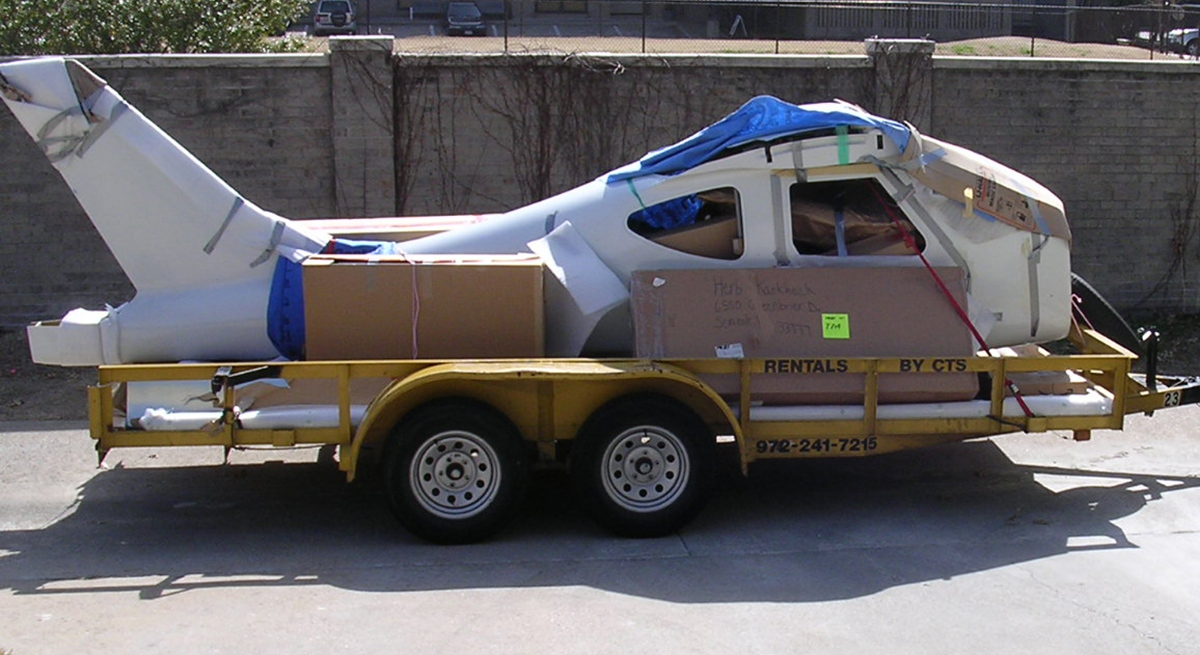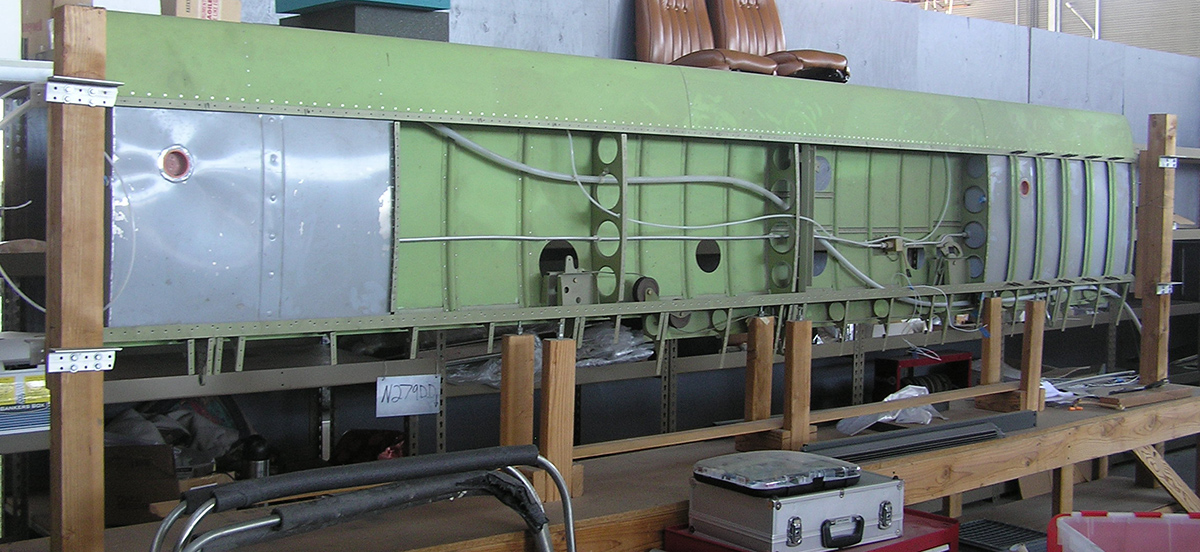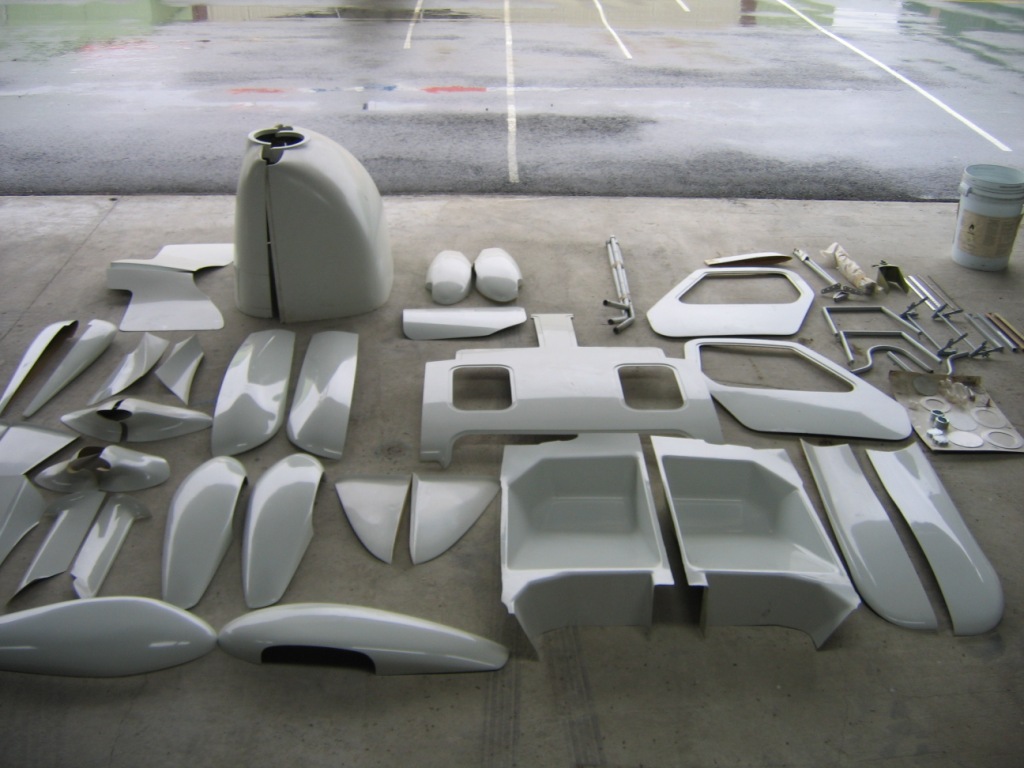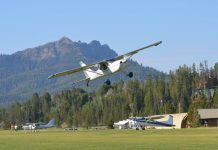 When a person decides to build an aircraft, there are many questions that they need to ask. Of course there are the normal kit buying questions; what design should be built? Do you have the correct tools to build the aircraft? What kind of skills do you need? How long will it take to build, and many more. One question that many people forget (but not us aviation insurance agents) is “do I need insurance for the project while I’m building it?” And if I do, how much do I buy, what does it cover and when do I buy insurance?
When a person decides to build an aircraft, there are many questions that they need to ask. Of course there are the normal kit buying questions; what design should be built? Do you have the correct tools to build the aircraft? What kind of skills do you need? How long will it take to build, and many more. One question that many people forget (but not us aviation insurance agents) is “do I need insurance for the project while I’m building it?” And if I do, how much do I buy, what does it cover and when do I buy insurance?
Let’s get the basic out of the way first.
Builders risk or work in-progress insurance covers the cost of the materials, parts and components during the building time. You also purchase liability insurance for the project at the same time. A few underwriters have a formula that they use to calculate the premium. The use the starting value of your project (on the day you take out the coverage) and the projected value of the project at the end of the twelve month policy period. They then calculate a premium that will be charged for the value as it grows through the year. This premium is readjusted at the end of the twelve month period and the next year is calculated the same way using a starting value and estimated ending value. For the beginning builder the coverage is a pretty low cost.

Some companies just use a ground not in motion policy for projects. In this case the value you put on the project is the maximum amount that is insured. As you get more work done, more money in the project or buy additional parts, you will need to call your agent and have the values increased. There are no automatic increases.
As can be expected, as the project gets more valuable, the premiums in turn go up.
When should builders risk be purchased? Right away? Not necessarily. Just because you have a few parts in the basement doesn’t mean you need to run out and buy insurance. If you are building a plane from plans and all you have purchased is a supply of materials, you might not need any insurance. First check with your homeowner’s policy. If you are building a kit or aircraft in your home the liability of the homeowner policy will probably provide enough liability protection while the aircraft parts are located there (in the home). The homeowners policy may also cover the materials, as long as they do not look or resemble an aircraft. Many a homeowners insurance company will NOT provide any coverage for the aircraft or aircraft components.
That means if the aircraft looks like an aircraft it won’t be covered.
Additionally, the insurance company may not provide coverage for the tools. Each insurance company is a little different. Beware; most of the builders risk polices will not cover tools! And many of the homeowners policies will not cover tools for aviation projects, if that’s all they are good for. If you are looking to add to your home shop, try and get tools that are not aircraft specific!
If you are trying to establish an exact time to purchase the builders risk insurance you should probably wait until it looks like an aircraft and you have a substantial amount of money in the project. Typically, when you have purchased the engine and/or the avionics, it might be a good time to purchase insurance. This is usually the time that the aircraft is moved to the airport anyway.
If you purchased a quick build kit, it’s probably a good time to buy insurance.
Most quick builds require a major outlay of cash AND they look like an aircraft, almost. If you borrowed the money from a financial institution with the kit or parts as collateral, you‘ll need insurance. These financial groups will require insurance certificates prior to releasing the funds.
It is vitally important that you keep all the receipts for any of your purchases. If you expect the insurance company to reimburse you for the loss of your aircraft, you better be able to prove that the parts were all there and that you bought them from someone legally. Don’t assume that if you have a major fire and the stack of sheet metal is melted, you can claim that a nice new IFR avionics stack was lost without proof. In fact, it would be an extremely good idea to keep a detailed builders log of the work you have done and the purchases you made. At the same time, plan on taking pictures of the project as you go. There are no better records for the insurance company then dated pictures showing how far along the aircraft was, what type of materials were used, what equipment was in the hangar and how long you have owned the pieces and parts.
Don’t make the mistake of a few builders.
Many a person, in a momentary brain bubble, has kept a detailed builders log, included pictures, receipts and plans and left all of those in a spot for easy access…in the hangar next to the aircraft. Now if the problem is a loss of the aircraft, what happens to the receipts, pictures and builders log? Right, up in smoke, so to speak.
The FAA will want to look at your builder records to sign off the aircraft and your insurance company will want to see the files if you have a claim, so don’t leave them where they can be destroyed. If you need to have records at the airport for your use, make copies. But keep the originals elsewhere.
When you have a claim, the maximum amount the insurance company is responsible for is the stated limit on the policy. When you decide on purchasing the insurance coverage, make sure that the final amount for the 12 month period is really going to be enough. If you plan on buying the engine in the near future, add that into the price now. If you win the lottery and decide to buy a brand new engine, make sure that you call the agent and have them increase the final value so that you are protected.

If the decision to buy insurance is prompted because you are moving the project to the airport, check with the airport and find out if liability coverage is required and what limits their contract calls for. Many airports require a liability limit of one million. Most builders risks policies are purchased with the minimum levels available (generally lower than a million). That means you may be under-insured!
Why do you need liability insurance you ask?
Probably the biggest problem is if your work created a hazard. If someone fell down in your hangar and became injured they could say that you created a hazard. So, you don’t plan on letting anyone else in the hangar?
Say you left that old drill press you bought at garage sale plugged in all night and the thing just happened to short out and start a fire that burned down not only your hangar but the one next to yours, you might be liable! Maybe you left the epoxy supplies next to a small heater and it became overheated…you get the picture? If there is a risk that something could be your fault, you need liability insurance.
If you plan on flying the aircraft when it’s finished, look for a policy that will convert to a flying policy. If you are expecting to finish the project before your 12 month policy is up, why not get credit for that coverage and use it for the remainder of the year. Some insurance companies would rather you buy a new policy at that time and not get any credit, ask your agent if yours is one of those.
It’s also nice to know if the insurance company will require any kind of technical inspections to provide the coverage, most don’t, but always ask. And make sure that your aircraft will be covered while it is transported to the airport if you started at your project at home.
Since the aircraft is not flying, there is no passenger coverage (ex-passengers) so the liability is for people on the ground. Don’t let yourself get talked into a policy that has “per person” limits. You want a policy that has one single limit of liability. One way to find out is to ask your aviation insurance agent lots of questions.
Also, even though the aircraft is a project and not flying, the underwriters will want to know who the pilot will be and if they are qualified. Many times the underwriter has issued a policy for the project but has noted that they will not provide flying coverage after it has been completed. This is a good time to find out if you are qualified to fly the aircraft you are building and if not what you need to do to get ready to fly by the time it is completed. Plan ahead so you do not have a ready to fly aircraft and no coverage for you to fly it.
And in the end, if you have questions call your agent.



